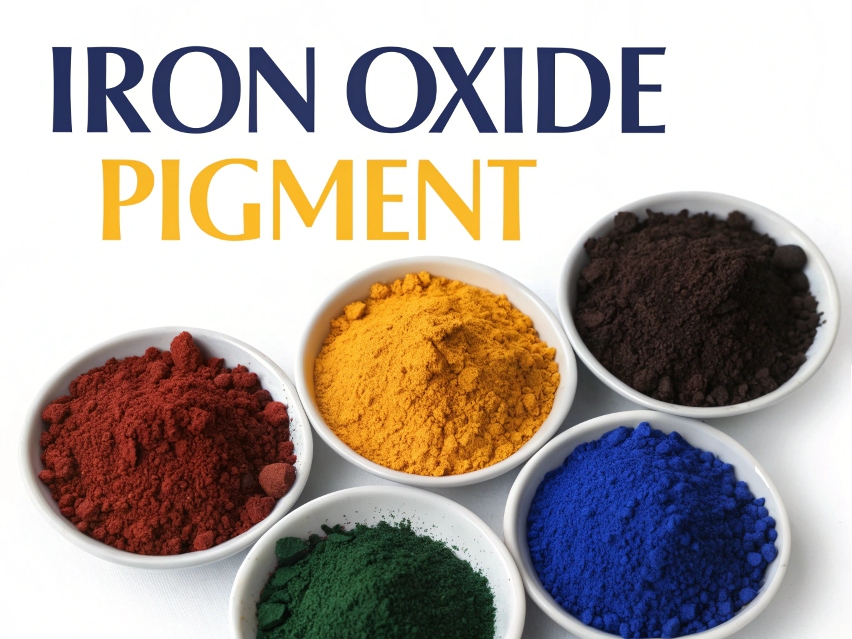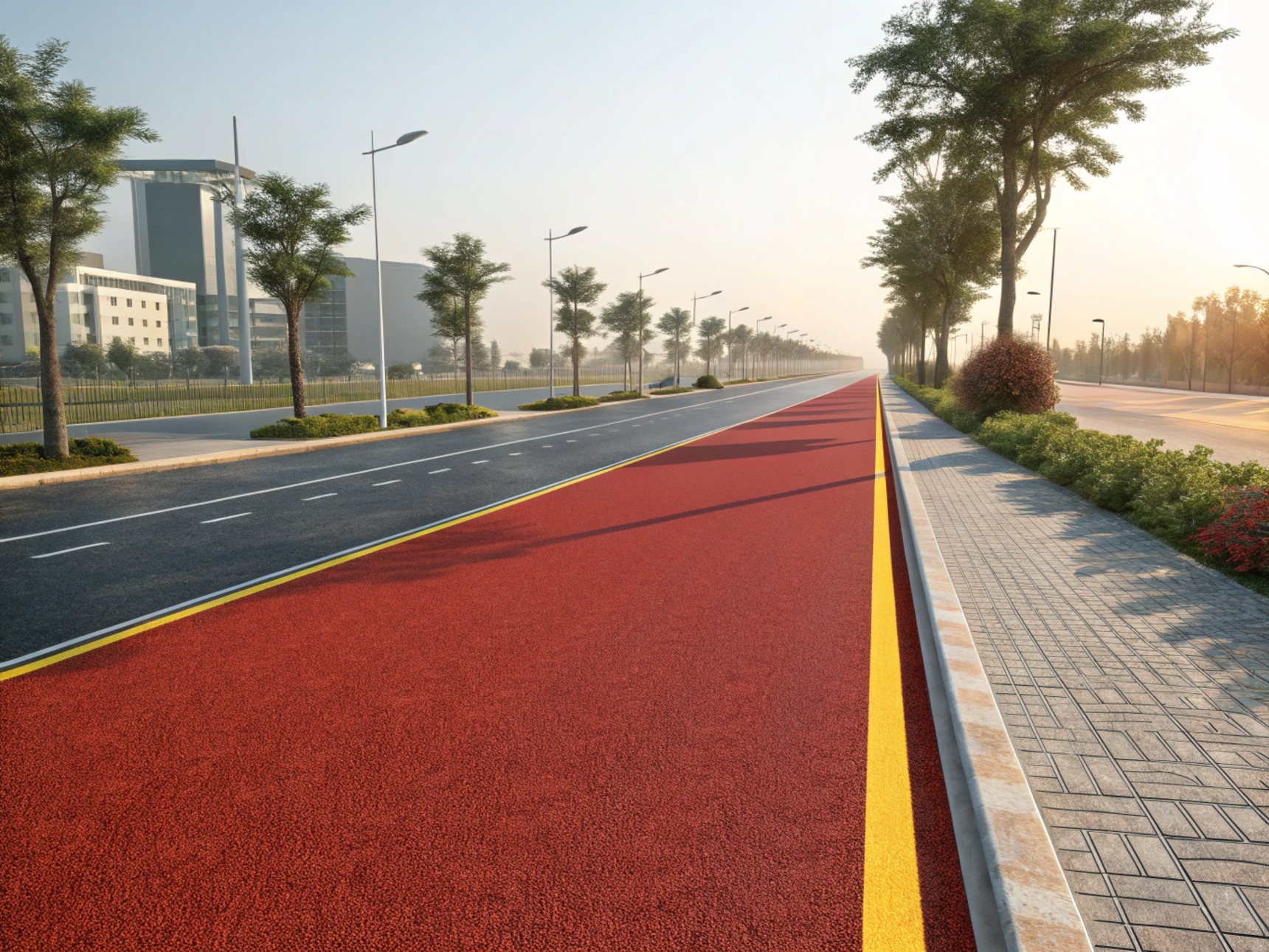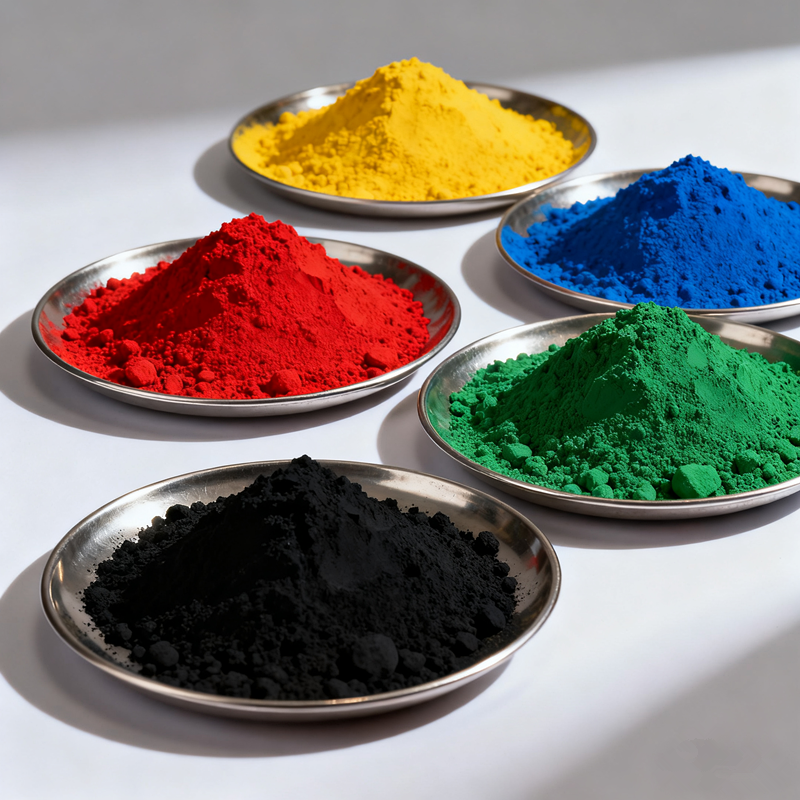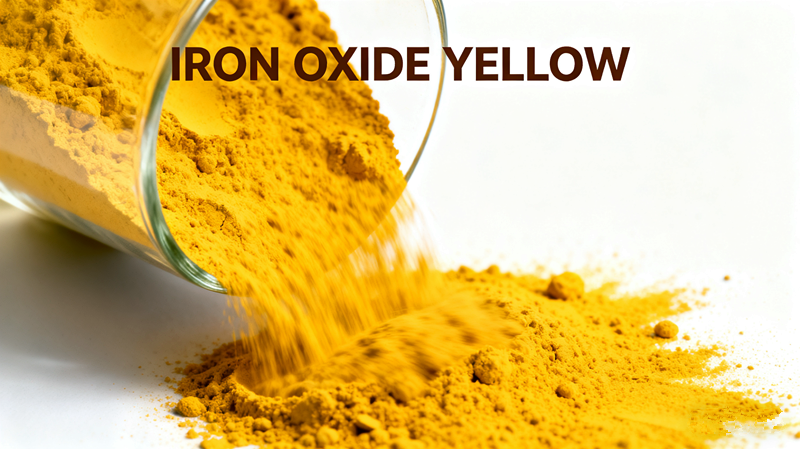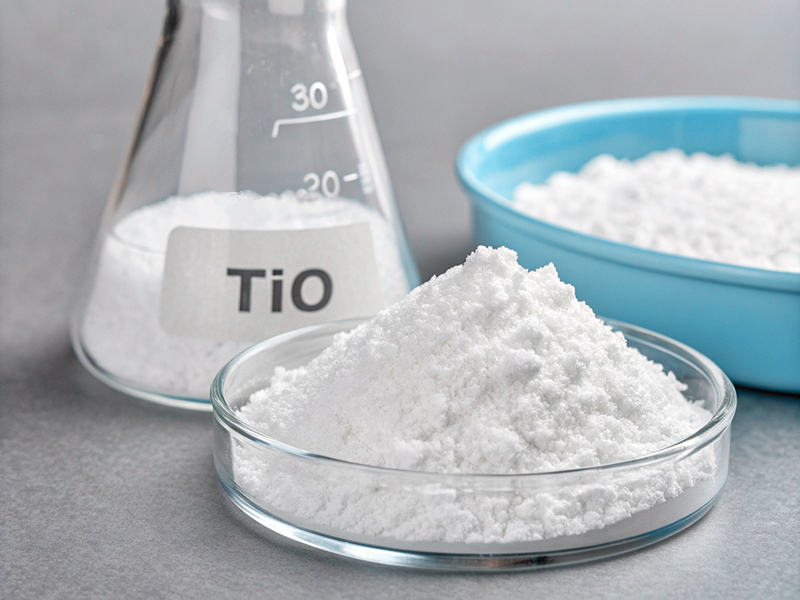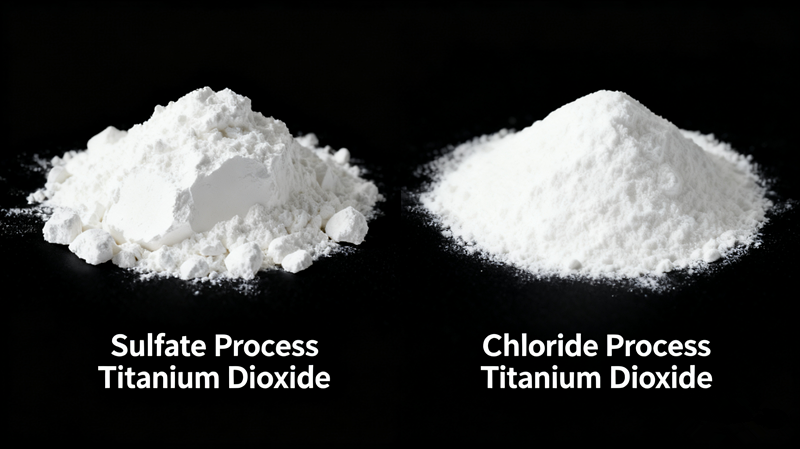When it comes to building roads that last and stand out, iron oxide pigments1 have become an increasingly popular choice in the asphalt industry. These inorganic pigments offer long-term durability, UV resistance, and vibrant color options that traditional black asphalt simply cannot match. From highways to bike lanes, iron oxide is changing the way we think about road aesthetics and performance.
What is Iron Oxide?
Iron oxide refers to a family of compounds made from iron and oxygen. The most commonly used forms in asphalt applications include:
- Red iron oxide (Fe₂O₃)
- Yellow iron oxide (FeOOH)
- Black iron oxide (Fe₃O₄)
These pigments are finely milled powders with excellent color stability2, heat resistance, and chemical inertness. Thanks to their non-toxic and environmentally friendly3 nature, they are widely used in construction, coatings, plastics, and—more recently—colored asphalt.
Why Use Iron Oxide in Asphalt?
Traditional asphalt gets its black color from bitumen, a sticky petroleum product. While effective, this standard material absorbs a lot of heat, shows wear quickly, and doesn’t offer much flexibility in terms of aesthetics. Iron oxide solves these issues in multiple ways:
1. Color Customization
Iron oxide pigments allow road engineers to create colored asphalt4 in shades such as red, yellow, brown, or even green. This is especially useful for:
- Bike lanes
- Bus lanes
- Pedestrian walkways
- Parking zones
- Private driveways
Color differentiation helps improve road safety by clearly marking traffic zones and guiding users more effectively.
2. UV and Weather Resistance
Iron oxide pigments are known for their high UV stability. Unlike organic dyes, they don’t fade easily under sunlight or harsh weather. This ensures that colored asphalt retains its appearance for many years, reducing the need for frequent repainting or resurfacing.
3. Durability Under Load
When mixed properly into asphalt mixtures, iron oxide pigments do not compromise the structural integrity of the pavement. Instead, they integrate well into the mix, maintaining the mechanical strength and flexibility required to support vehicle loads, temperature shifts, and environmental stress.
Application Methods in Asphalt
Iron oxide pigments5 can be incorporated into asphalt through several methods, including:
- Pre-mix method: Pigment is mixed directly into the asphalt batch during production.
- Surface coating: A colored asphalt slurry or top layer is applied to existing roads for visual improvement.
- Paver-finish method: Pigment is added while laying asphalt to ensure uniform coloration.
Each method has its own benefits and is chosen based on the project type, budget, and desired color intensity.
Environmental and Cost Considerations
While the initial cost of colored asphalt is slightly higher than traditional black asphalt, the long-term savings in maintenance and repainting often outweigh the upfront expense. Additionally, iron oxide pigments are non-toxic and chemically stable, posing no environmental hazards when used properly.
Moreover, colored asphalt helps reduce the urban heat island effect by reflecting more sunlight than black asphalt. This contributes to cooler road surfaces and reduced energy consumption in surrounding areas.
Industries Embracing Colored Asphalt
Governments, city planners, and private developers are increasingly adopting colored asphalt6 for both functional and aesthetic purposes. Iron oxide pigments are particularly popular in:
- Urban development zones
- Smart city infrastructure
- Industrial park roads
- Landscape design in residential areas
These projects benefit from the improved visibility, branding potential, and modern look that iron oxide-colored asphalt delivers.
Conclusion
Iron oxide pigments are revolutionizing the way we build and design roads. Their exceptional durability, weather resistance, and wide range of color options make them an ideal solution for modern asphalt applications. Whether enhancing safety through clear lane markings or enhancing the beauty of urban spaces, iron oxide offers a cost-effective and sustainable alternative to black asphalt.
With the growing demand for environmentally friendly and visually distinctive infrastructure, iron oxide will continue to pave a brighter future for road construction.
-
Explore this link to understand how iron oxide pigments enhance road durability and aesthetics, revolutionizing the asphalt industry. ↩
-
Understanding color stability can help you choose the right pigments for your projects, ensuring long-lasting and vibrant colors. ↩
-
Exploring the importance of environmentally friendly pigments can guide you in making sustainable choices for your construction projects. ↩
-
Explore this link to understand how colored asphalt enhances safety and aesthetics in road design. ↩
-
Explore this link to understand how Iron oxide pigments enhance asphalt durability and aesthetics. ↩
-
Discover the innovative applications of colored asphalt in urban planning and its impact on city aesthetics. ↩


